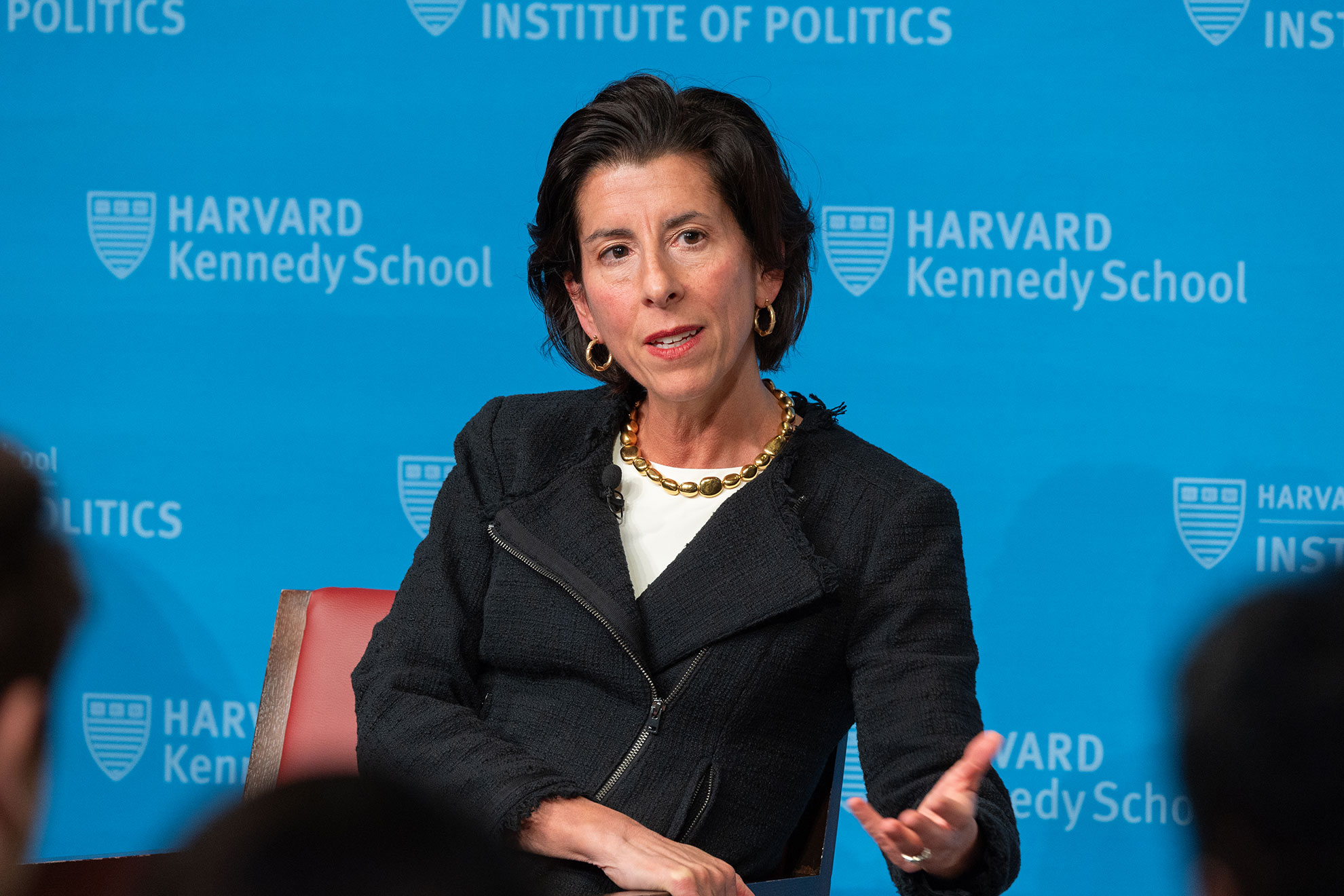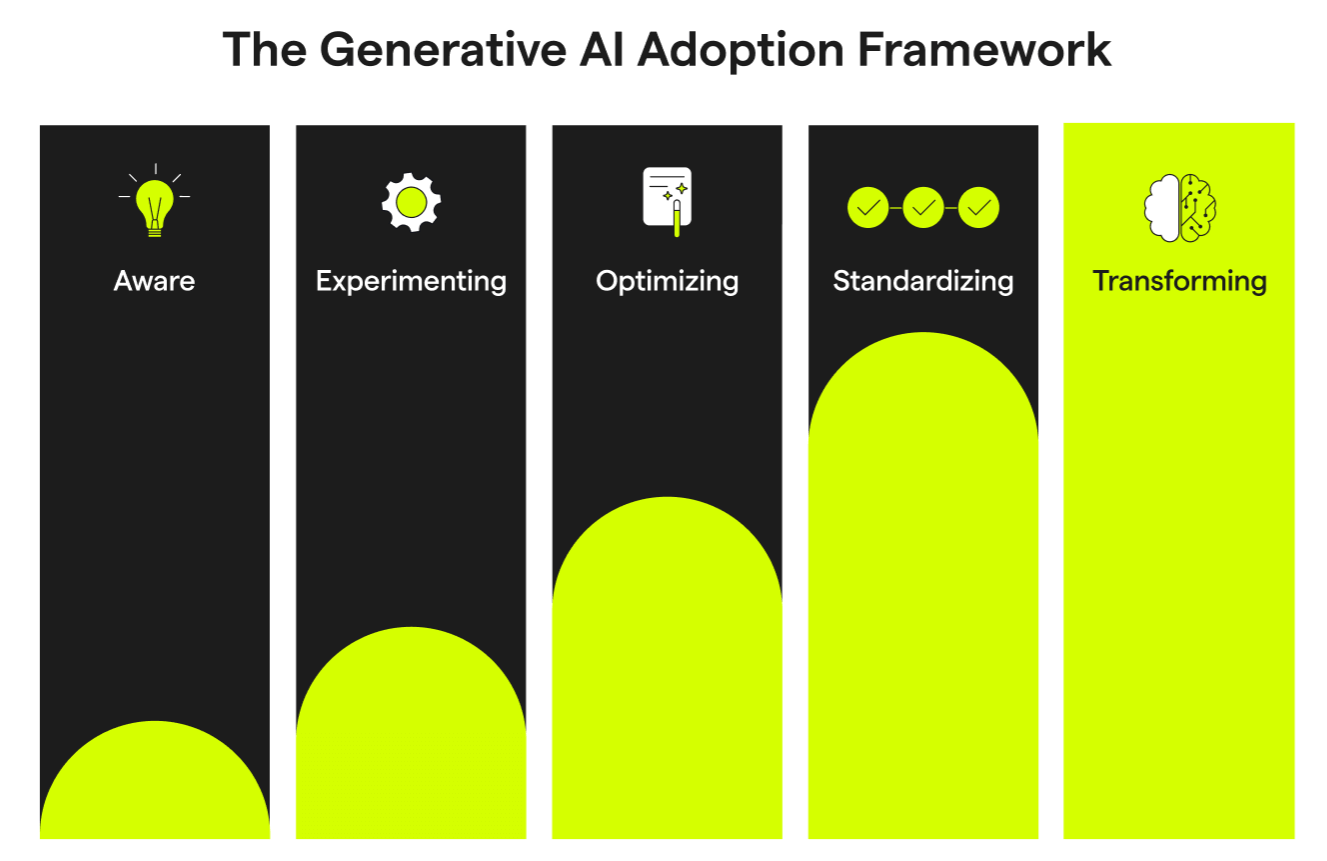Understanding personal preferences is a fascinating exploration of how our tastes and choices are shaped by various influences. From the music we adore to the foods we favor, these preferences are often reflections of the social norms and choices surrounding us. Behavioral science delves into this intricate web of influences, shedding light on how our likes and dislikes evolve over time. External factors, such as family habits and peer pressures, play a significant role in molding our consumer behavior and can lead to changing preferences as we navigate through life. By recognizing the profound impact of these underlying forces, we can better understand the psychological mechanisms that dictate why we like what we like.
When we talk about individual inclinations, we are essentially referring to the personal choices and attractions that define our unique tastes. These inclinations are significantly shaped by cultural currents, societal expectations, and collective behaviors within our communities. Examining the dynamics of these affinities can provide insights into the broader picture of consumer behavior and the factors that guide people’s decisions. Behavioral insights help us realize how external influences may alter our appreciation for certain items or experiences over time. Ultimately, by acknowledging the interplay between personal affinities and communal trends, we can navigate our preferences with greater awareness.
Understanding the Influence of Personal Preferences
Personal preferences can often feel like a reflection of our unique identities; however, they are shaped by a web of social influences and norms. Behavioral science suggests that our individual choices are not as original as we believe. For instance, our upbringing plays a crucial role in determining our likes and dislikes. The music we cherish during our formative teenage years often becomes not just a preference but a core part of our personal narrative. Yet, these preferences could just as likely reflect the tastes of our parents or peers, illustrating how intertwined our likes are with social dynamics.
As we grow older and face new experiences, our preferences continue to evolve, but typically within a framework established by past influences. The instant we start developing a need for specific products, like a vehicle or household item, is when we begin to solidify those preferences. This highlights the transitional nature of consumer behavior—what we like is frequently influenced by what has been presented to us and who has influenced those choices throughout our lives.
The Role of Social Norms in Shaping Choices
Social norms significantly shape our choices, often without us realizing it. For example, many city dwellers insist on their favorite eateries being close by, influenced by convenience and local trends rather than an objective best. This behavior illustrates how our preferences are often formed through exposure and availability rather than purely individual taste. As we align ourselves with our surroundings, we cultivate a sense of identity that mirrors those social norms, revealing a fundamental aspect of consumer behavior.
When confronted with choices, we seem to look towards what others in our social circles prefer. This tendency can create a feedback loop—our choice of products, brands, and even restaurants becomes a reflection of our community’s influence. Thus, rather than making entirely autonomous decisions, we frequently adopt preferences that align with those around us, demonstrating how ingrained social influence is in consumer choices and highlighting the complexity of individual preference formation.
Exploring Changing Preferences in Consumer Behavior and Market Trends
Frequently Asked Questions
How do social norms influence personal preferences in consumer behavior?
Social norms play a significant role in shaping personal preferences and consumer behavior. Individuals often unconsciously align their choices with the behaviors and attitudes of their social groups, influenced by the belief that certain products or brands define their identity. This phenomenon can lead to a preference for items perceived as popular or accepted within a community.
What factors contribute to changing preferences in consumer habits over time?
Changing preferences in consumer habits can be attributed to various factors, including personal experiences, social influences, and exposure to new products. As individuals encounter different cultural trends or social norms, they may reassess their choices, leading to shifts in their preferences. Furthermore, the increasing use of technology allows consumers to discover new products that can influence behavioral changes.
Can exposure to marketing affect personal preferences?
Yes, exposure to marketing can significantly affect personal preferences. Advertising designed to resonate with consumers’ identities can create a sense of relevance, leading individuals to believe that a product aligns with their personal tastes. This influence is evident in digital marketing, where targeted ads leverage data to enhance the perceived connection between products and consumer preferences.
How do parental preferences influence an individual’s choices?
An individual’s preferences are often deeply influenced by their parents, particularly in early developmental stages. For example, family traditions and product choices made during childhood can shape future preferences. This connection illustrates how ingrained habits and values passed down from parents can lead to a continuity in preferences that persist into adulthood.
What is the role of behavioral science in understanding personal preferences?
Behavioral science enhances the understanding of personal preferences by examining the psychological processes behind decision-making. It provides insights into how preferences are formed, maintained, or altered over time, emphasizing the impact of cognition, emotions, and social contexts on consumer behavior. This understanding helps businesses to tailor products and marketing strategies effectively.
How do switching costs affect the evolution of personal preferences?
Switching costs can greatly influence the evolution of personal preferences, particularly in product categories where the transition between options involves time, effort, or financial investment. For instance, shifting from one technology platform to another may require significant adjustment, making consumers less likely to change their preferences compared to items with lower switching costs, such as simple goods.
Are personal preferences truly unique or are they shaped by external factors?
While individuals may perceive their personal preferences as unique, they are often strongly influenced by external factors such as social norms, advertisements, and peer behaviors. This interplay indicates that preferences are not formed in isolation but rather as a result of interactions with the surrounding environment, reinforcing common trends in consumer behavior.
How can marketers utilize insights about consumer behavior and preferences?
Marketers can leverage insights about consumer behavior and preferences to create more targeted and effective campaigns. By understanding the factors that influence preference formation, such as social norms and individual identities, brands can tailor their messaging and product offerings to align with consumer expectations, enhancing engagement and driving sales.
| Key Point | Explanation |
|---|---|
| Influence of Social Norms | Personal preferences are often shaped by social norms and the choices of those around us. |
| Formation of Music Preferences | Music preferences develop during teenage years, forming our identities. |
| Impact of Surroundings | Proximity to choices, such as having a favorite pizza place nearby, influences preferences. |
| Expertise and Preferences | Experts, like wine connoisseurs, still face limitations in their preferences, shaped by external factors. |
| Marketing Influence | Companies personalize ads to align with perceived identities, reinforcing certain preferences. |
| Social Influence on Choices | Fashion choices and brand preferences are often influenced by peer behavior and trends. |
| Switching Costs in Preferences | The difficulty of switching preferences varies across categories, impacting choices. |
Summary
Personal preferences, while often perceived as unique, are largely informed by social trends and peers. In understanding these influences, we realize that our tastes are shaped by a complex web of social norms, proximity to choices, and marketing strategies. Thus, whether we acknowledge it or not, our preferences reflect the world around us as much as they reflect our individual identities.



